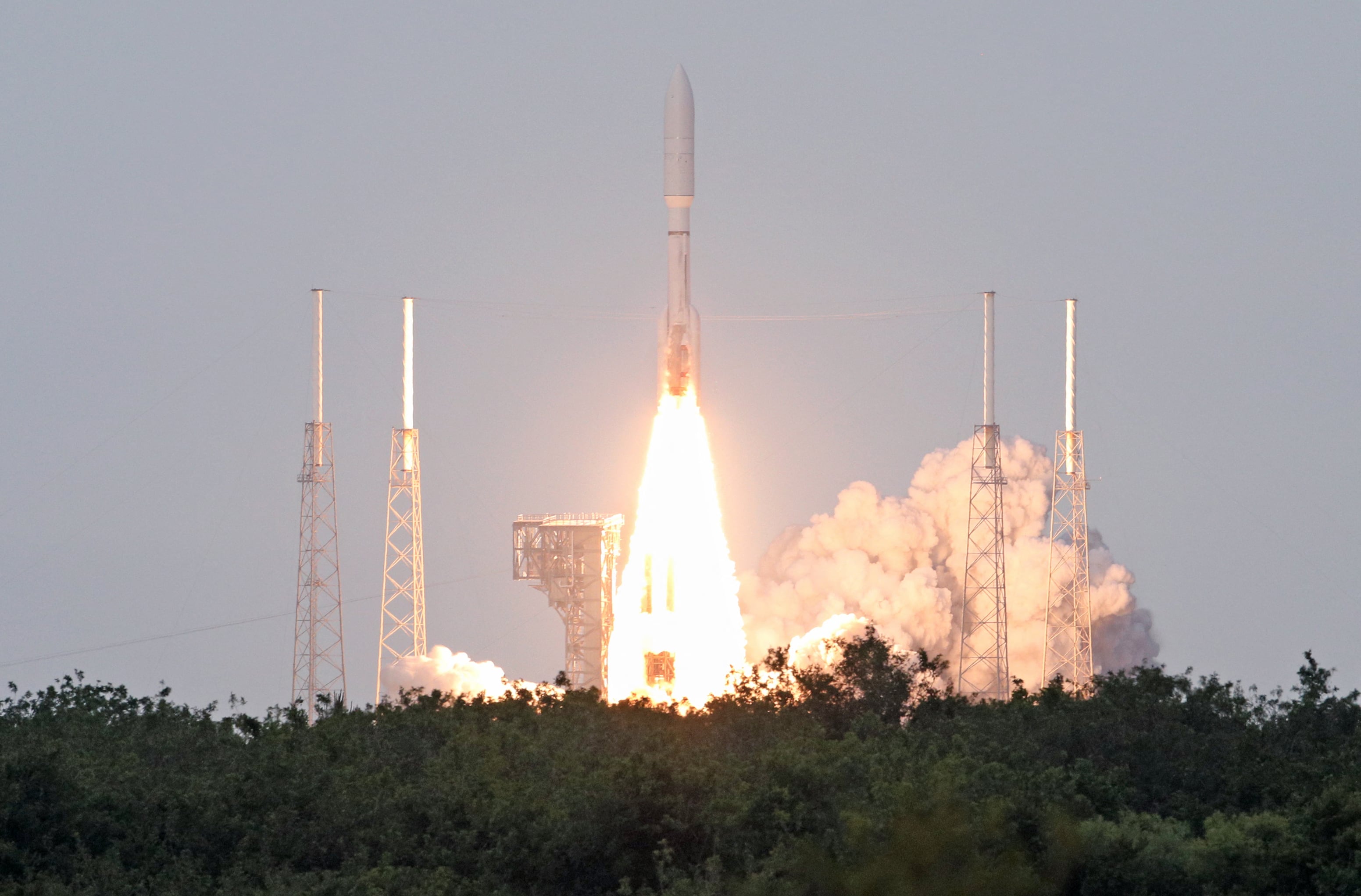WASHINGTON — President Joe Biden’s deputy secretary of defense nominee would establish measurements to judge how the Pentagon adopts artificial intelligence as it seeks to modernize for future battles.
For her confirmation hearing Feb 2., Kathleen Hicks said the Joint Artificial Intelligence Center will drive the Pentagon’s artificial intelligence adoption in the next few years, according to her written responses to the Senate Armed Services Committee’s advance policy questions.
The JAIC, a 2-year-old organization dedicated to expanding use of artificial intelligence across Pentagon components, reports directly to the deputy secretary of defense under the latest federal defense policy law, a move that experts say signals understanding in Congress and at the department of the technology’s importance for the military.
“AI is an operational tool across a wide range of war fighting, support enterprises and business practices; it must have continued, visible support by defense senior leadership,” Hicks wrote. “If confirmed, I will assess the reporting arrangement to ensure it enables defense leadership to gain broad visibility and accountability for AI efforts across the department.”
Hicks plans to “ensure a regular schedule of interactions” with top JAIC leadership to “ensure AI transformation is considered holistically and driven at the department level, with the urgency and level of oversight demanded,” she said.
The JAIC has recently pivoted to what it calls JAIC 2.0 with a focus on assisting DoD components as they try to implement artificial intelligence to meet war-fighting needs. Lt. Gen. Michael Groen, director of the JAIC, said in November that he wants to reach out to service components and combatant commands to better understand their needs.
The JAIC will start to provide services early this year to components, such as assessing their readiness for artificial intelligence tools, Groen said. The organization is also working with the services on Combined Joint All-Domain Command and Control.
“If confirmed, the JAIC will be my tool for guiding the transformation of the department through the integration of AI across DoD’s war-fighting, support and business enterprises,” Hicks wrote.
Artificial intelligence is one of several of the DoD’s modernization priorities as the department works to divest of its costly and inefficient legacy systems. Hicks said she would “work with the department’s civilian and military leadership and with Congress” to determine what divestment decisions need to be made. Maintaining legacy systems while investing in new ones will be a challenge for DoD leadership with budgets expected to be flat.
Top military leadership in the services seems to recognize that those tradeoffs will have to be made soon. In a recent op-ed in The Washington Post, Gen. Charles Q. Brown Jr., Air Force chief of staff, and Gen. David H. Berger, Marine Corps commandant, wrote that the military must reassess how it defines readiness and invests in technology to prepare for near-peer threats. Key components of the future fight, they wrote, are data and artificial intelligence.
“We recommend adding to readiness metrics new layers of analysis utilizing artificial intelligence to leverage the military’s data-rich environment,” the two four-star generals wrote. “Such a framework would enable military service chiefs to better prioritize investments in research, development and future force design initiatives, rather than spending the majority of their resources on making decades-old capabilities ready for employment.”
The department also needs to improve how it takes advantage of innovative technologies from nontraditional contractors. Asked what steps the DoD should take to improve its access to promising technologies outside the Pentagon, Hicks wrote that she wants to shift the department to an broader approach.
“I will seek to better connect and build on these disparate efforts to ensure an enterprise-wide shift toward innovation,” Hicks said.
She wants to build on the work of DoD innovation hubs, such as the Defense Innovation Unit and other service efforts. However, one criticism of these hubs is that few projects actually transition to programs of record.
“To improve emerging technologies’ prospects transitioning to the war fighter, the department should continually improve its systems engineering expertise, apply mission-based engineering analysis, and employ robust prototyping, experimentation and demonstration campaigns,” Hick wrote. “If confirmed, I will support these activities, ensure that we align emerging technologies with new concepts and key missions, and work to ensure that more technologies traverse the so-called ‘valley of death.’”
Andrew Eversden covers all things defense technology for C4ISRNET. He previously reported on federal IT and cybersecurity for Federal Times and Fifth Domain, and worked as a congressional reporting fellow for the Texas Tribune. He was also a Washington intern for the Durango Herald. Andrew is a graduate of American University.








